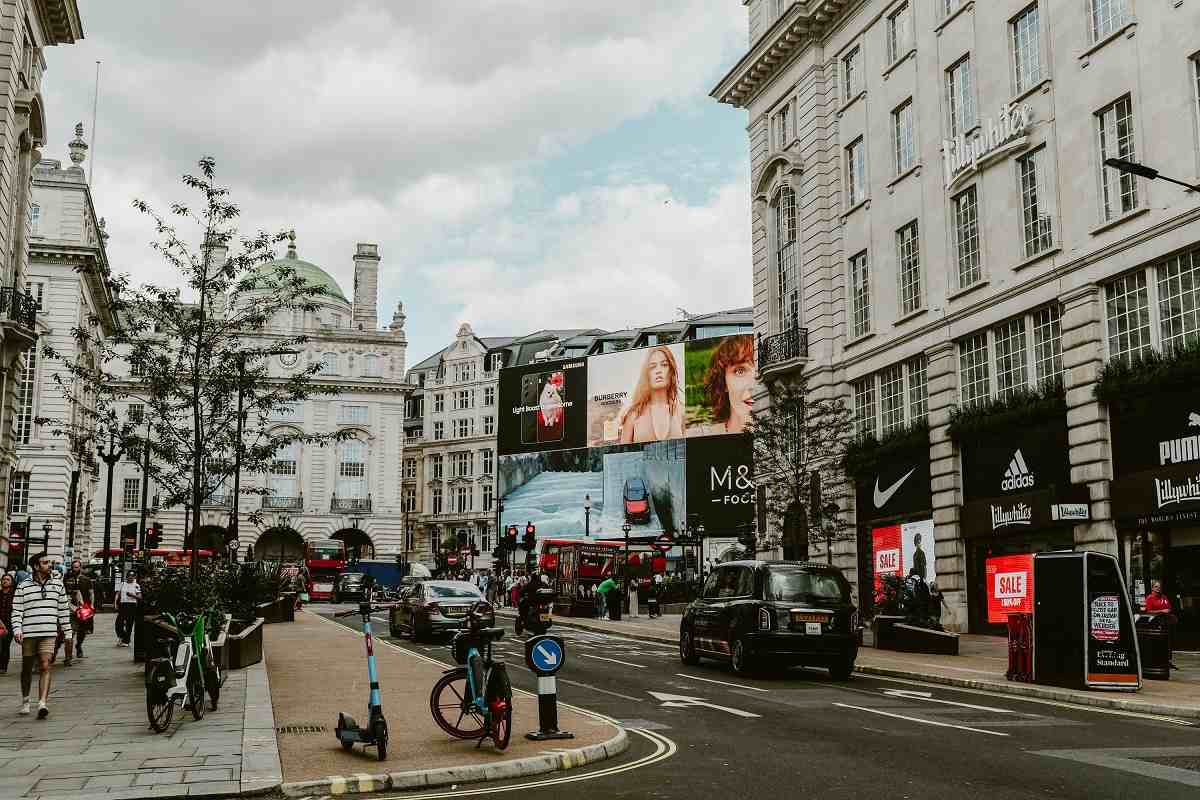What does an Urban Designer do?
An Urban Designer is a professional who specializes in the planning, design, and development of urban areas, including cities, neighborhoods, and public spaces. Urban designers address complex urban challenges by integrating social, economic, environmental, and cultural factors to create sustainable and vibrant urban environments.
The primary responsibilities of an Urban Designer include:
- Urban Planning: Collaborating with urban planners, architects, landscape architects, and policymakers to develop comprehensive urban plans and design guidelines that guide the growth and development of cities and regions. Urban designers analyze existing conditions, identify opportunities for improvement, and propose strategies to enhance the livability, functionality, and resilience of urban areas.
- Site Analysis: Conducting site analysis and assessment to understand the physical, social, and environmental characteristics of urban sites. Urban designers evaluate factors such as land use, transportation infrastructure, natural features, historic resources, and social demographics to inform design decisions and identify opportunities for intervention.
- Design Development: Generating design concepts, master plans, and urban design proposals that respond to the unique context and needs of urban communities. Urban designers use principles of urban design, placemaking, and environmental sustainability to create cohesive and visually appealing urban spaces that promote connectivity, accessibility, and quality of life.
- Public Engagement: Engaging with stakeholders, residents, and community groups through participatory design processes, workshops, and public meetings to solicit input, gather feedback, and build consensus around urban design projects. Urban designers facilitate collaborative decision-making and empower communities to shape the future of their neighborhoods and public spaces.
- Mixed-Use Development: Promoting mixed-use development and transit-oriented design principles to create diverse, walkable, and inclusive urban environments. Urban designers advocate for compact, mixed-use developments that support a range of housing options, commercial activities, and recreational amenities within close proximity to public transit nodes.
- Green Infrastructure: Integrating green infrastructure elements such as parks, greenways, urban forests, and stormwater management systems into urban design projects to enhance ecological resilience, mitigate climate change impacts, and improve the quality of the urban environment. Urban designers prioritize green spaces and natural systems to promote biodiversity, mitigate heat island effects, and provide ecosystem services to urban residents.
How to become an Urban Designer
Becoming an Urban Designer involves acquiring a combination of education, experience, and specialized skills in urban planning, urban design, architecture, landscape architecture, or related fields. Here’s a step-by-step guide on how to pursue a career as an Urban Designer:
- Education: Obtain a bachelor’s or master’s degree in urban planning, urban design, architecture, landscape architecture, or a related field from an accredited program. Coursework should cover topics such as urban theory, site planning, design studio, GIS mapping, and urban policy.
- Internship or Entry-Level Position: Gain practical experience through internships, co-op programs, or entry-level positions at urban planning firms, design consultancies, government agencies, or non-profit organizations. Internships provide opportunities to apply academic knowledge, learn professional skills, and build a network of industry contacts.
- Design Portfolio: Develop a portfolio showcasing your urban design projects, studio work, research papers, and design proposals. Your portfolio should demonstrate your design skills, creativity, analytical thinking, and ability to address complex urban challenges through design solutions.
- Technical Skills: Develop proficiency in design software, urban modeling tools, GIS mapping software, and graphic presentation tools commonly used in urban design practice. Familiarize yourself with software programs such as AutoCAD, SketchUp, Adobe Creative Suite, ArcGIS, and Rhino to communicate design ideas effectively.
- Planning Principles: Learn the fundamentals of urban planning, land use regulations, zoning codes, and development processes to understand the regulatory framework and policy context within which urban design projects are implemented. Gain knowledge of planning principles such as smart growth, new urbanism, and sustainable development to inform design decisions.
- Community Engagement: Acquire skills in community engagement, participatory planning, and stakeholder management to involve diverse communities in the urban design process. Learn techniques for facilitating workshops, conducting charrettes, and using digital tools to gather feedback and input from residents and stakeholders.
Urban Designer salary
The salary of an Urban Designer can vary depending on factors such as education, experience, location, employer, and industry sector. On average, urban designers earn competitive salaries commensurate with their expertise, qualifications, and level of responsibility within the profession.
In the United States, the median annual salary for an Urban Designer is approximately $65,000. However, salaries can range from $50,000 to over $80,000 or more, depending on factors such as geographic location, years of experience, project scale, and firm size.
Where does an Urban Designer work?
An Urban Designer can work in various settings within the public and private sectors, including urban planning firms, design consultancies, government agencies, non-profit organizations, real estate development companies, and academic institutions. Here are some common workplaces for urban designers:
Urban Planning Firms: Many urban designers work for urban planning firms or design consultancies specializing in urban design, community planning, and placemaking. They collaborate with multidisciplinary teams of planners, architects, landscape architects, and engineers to develop urban design strategies, master plans, and design guidelines for cities, neighborhoods, and districts.
- Government Agencies: Urban designers may work for local, state, or federal government agencies responsible for urban planning, community development, or transportation planning. They participate in public-sector projects, policy development, and regulatory review processes to shape urban growth and development policies.
- Non-profit Organizations: Some urban designers are employed by non-profit organizations, community development corporations, or advocacy groups focused on social justice, environmental sustainability, or equitable development. They engage in grassroots initiatives, neighborhood revitalization projects, and advocacy campaigns to promote inclusive and equitable urban development.
- Real Estate Development Companies: Urban designers may work for real estate development companies, property developers, or real estate investment trusts (REITs) involved in urban redevelopment, mixed-use development, or waterfront revitalization projects. They contribute to site planning, design feasibility studies, and project entitlements to support sustainable and context-sensitive development.


